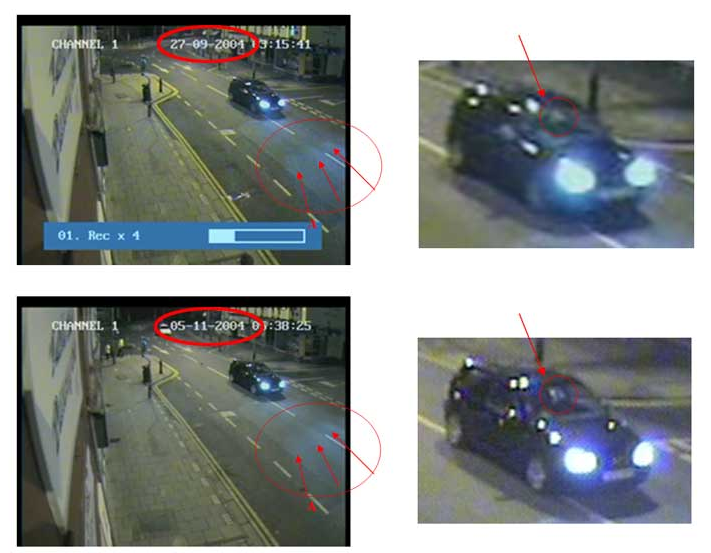3D data capture brings new accuracy to forensic video analysis
SPOKANE, Wash. – Grant Fredericks has been doing forensic video analysis for a long time, first as coordinator of the forensic video unit at the Vancouver Police Department and then running his own business, Forensic Video Solutions. He’s an instructor at the FBI National Academy and with the Digital Multimedia Evidence Processing Lab at the University of Indianapolis. This stuff is old hat.
But in January, he got himself a new tool: A Faro Focus3D phase-based laser scanner.
“I’d seen scanning technology at some of the forensic conference, but it was a little bulky, a little slow, fairly expensive, and not too intuitive,” Fredericks said. While taking a recent video comparison course at the University of North Carolina, though, he had a chance to look at the newest technology in crime scene scanning and made the decision to dive in.
The usability had reached the point where he felt like it could make a difference in his work. Specifically, his work doing what’s known as “reverse projection,” a form of photogrammetry that’s been around in accident reconstruction since the 1960s.
Here’s basically how it works: Say you’ve got video of a car speeding down the street and then smashing into something and you’d like to prove how fast that car was going. By recreating the exact vantage point of the camera (making sure it hasn’t moved from the time it show the video), and establishing exactly where the car was at specific times, you can establish exactly how fast it was going. Even how fast it was accelerating and the speed it was traveling at the time of the crash.
“It requires us to go back to the scene,” Fredericks explained, “and then overly the historic view with a calibrated camera position.”
Sometimes, however, tracking a suspect through a crime might take the use of many different security cameras in many different locations from many different angles. Walking a jury through that can be confusing as you establish the exact position of where that suspect was at exact periods in time.
That’s where the laser scanning comes in. Forensic Video Solutions has come up with a workflow where they scan the entire area in question, then establish exactly where the suspect was in 3D space, then use the scan data to show the judge, jury, or whomever exactly what happened.
“It’s an incredible tool,” Fredericks said. “What’s really important to us is that we want to remove art from what we do as much as possible. When we do a scan, we’re not using any art; we’re suing scientific data.”
There is no “modeling” involved in what Fredericks is doing. For example, if FVS were to demonstrate what happened in a car accident, they would scan the actual vehicles involved and place them in the scene exactly where they were at specific periods of time, using the video to establish that.
“We’ll place this known vehicle in this known position,” Fredericks said. “We can’t tell you what happened between the images; we can only tell you what happened at the time of the images. When you try to paint in a series of images that advocates a position that’s not supported by the video, my experience is that their evidence is often not admitted.”
This work flow has allowed FVS to have considerably more confidence in the accuracy of its speed (how fast was that car doing?) and measurement calculations (how tall was that suspect in the video? Same height as the defendant?), Fredericks said.
“What the scan enables us to do is really reduce the margin of error in doing speed estimations,” he said. “We’re getting very precise speed measurements and height measurements … When we’re dealing with original video, we’re dealing with pixels, and our ability to distinguish an edge pattern on a person is measured in pixels per inch, an that’s where the margin is determined, by the type of compression and pixels per inch.”
In order to have confidence in the scan data, Fredericks and his crew use a Leica disto to take measurements on site during the scanning, then verify those measurements against the scan data. FVS uses SceneVision3D [http://www.deltasphere.com/SceneVision-3D.htm] for point cloud processing.
As of yet, FVS has not used this process for data presented at trial, but “we have a few coming right up,” Fredericks said.
Is he concerned about admissibility? Not a bit. “We’ve done a lot of research with how this technology has been used in courts,” he said, and “as long as we’re following forensic processes, as long as we’re getting peer-reviewed and have calibrated equipment, we have a high degree of confidence it will be admitted.”






